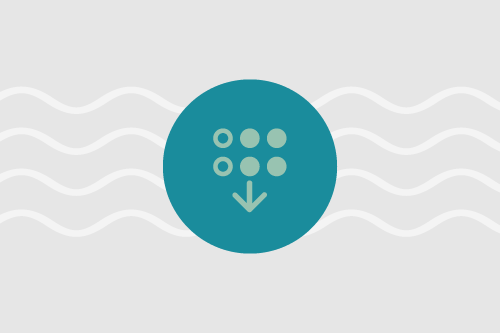Healthcare quality measures are used to help organizations quantify processes, outcomes, and experience. The goal is to consistently capture and report quality measure rates to drive healthcare towards patient-centric, high-quality care delivery.
Many quality measures leverage claims data, chart abstractions, and registries to report and measure compliance across process and outcome measures. But as more healthcare information is being generated year-over-year, supplemental clinical data for quality reporting from electronic health records (EHRs), healthcare information exchanges (HIEs), and data aggregators has become top of mind for regulatory organizations such as the Centers for Medicare & Medicaid Services (CMS), payers and providers. This clinical data, captured at the point of care, can be used to organically demonstrate care quality. For example, if a provider thoroughly documents blood pressure and other vitals, recommends preventive screenings in a timely fashion, and adheres to high-value care recommendations, this clinical information should automatically be incorporated in quality measure reporting to show compliance with CMS regulations and to improve the timeliness and accuracy of reporting.
NCQA’s HEDIS® (Health Effectiveness Data and Information Set), healthcare’s largest quality reporting program that is used by more than 90% of health plans, can be used to illustrate this concept. There is a shared understanding that better quality data typified by normalized electronic clinical data, more standardized measure calculations, and patient-specific measures focused on outcomes will position HEDIS as a true measure of healthcare quality.
However, the reality is that HEDIS measure reporting still requires extra work from clinicians and administrators to ensure that data complies with strict coding standards and can be processed effectively by reporting engines. When data is missing or does not comply with the standards, both common occurrences, the reported measure outcomes may reflect data gaps, rather than care gaps. The move towards strategic use of clinical data for HEDIS requires an investment in clinical data acquisition and – equally important – an investment in technology to transform raw clinical data into an asset that is standard, organized, and actionable.
Upcycled Data™ from Diameter Health can be used to help close data gaps; reduce the administrative burden of HEDIS reporting; assist with improving HEDIS compliance rates and boost Star Ratings; and help proactively identify care gaps. Upcycled Data is normalized to national standards and delivers a higher volume of data consistent with HEDIS value sets. Standardized data increases the accuracy of numerator values for measures that require vital signs or test results (such as glucose and blood pressure control).
There is a tremendous opportunity for regulatory organizations, payers, providers, and solution partners to shift measurement from an operational burden to an instrumental tool to equitably compare care quality across sites of care and enable more informed healthcare decisions. By partnering with Diameter Health, an organization can transform its data to automatically and accurately reflect the quality of care delivered to patients.
Download the complete Clinical Data as an Asset to Transform HEDIS/Quality Reporting & Care Gap Closure brief to learn more about the value of digital clinical data for HEDIS reporting, quality management, and care gap closure, as well as the role of Upcycled Data in helping health plans expedite reporting, and its proven impact to drive accurate, increased HEDIS compliance for health plans.

